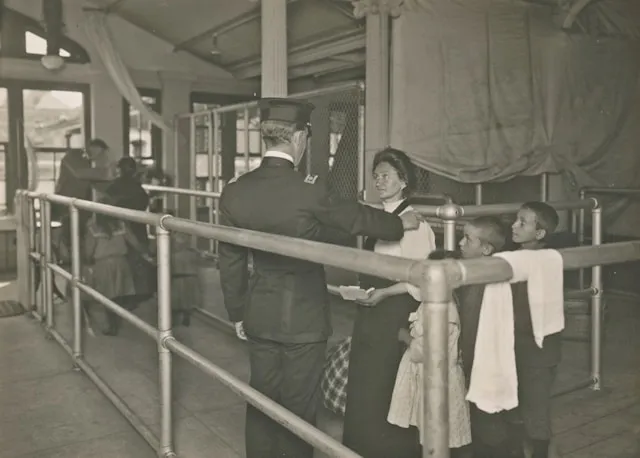Table of Contents
- What is Historical Demography?
- Key Concepts in Historical Demography
- Methodological Approaches in Historical Demography
- Social and Economic Implications of Demographic Change
- Conclusion
What is Historical Demography?
Historical demography is the study of past populations, focusing on how they changed over time in response to various social, economic, and environmental factors. It provides a crucial lens for understanding the forces that have shaped societies, shedding light on issues like birth and death rates, migration patterns, and family structures. Unlike contemporary demography, which relies on current census data, historical demography must work with fragmented and often incomplete historical records, requiring unique methodological approaches. Researchers in this field draw on diverse sources, such as parish records, tax documents, and even archaeological findings, to piece together population dynamics from centuries or millennia ago.
The field of historical demography allows us to explore questions about the survival strategies of past populations, how they adapted to crises like famines or plagues, and how shifts in population affected social structures. By analyzing these factors, historical demographers contribute to a broader understanding of the development of societies and how demographic changes shaped the modern world. This knowledge not only helps us appreciate our social roots but also informs contemporary policy discussions, particularly as societies face ongoing challenges like aging populations and migration.
Key Concepts in Historical Demography
Population Growth and Decline
One of the central concerns in historical demography is tracking patterns of population growth and decline. Researchers examine fluctuations in population size over centuries to understand the conditions that fostered growth or led to significant population reductions. Factors such as agricultural productivity, disease outbreaks, and war play a pivotal role in shaping these patterns. For example, in medieval Europe, the population faced sharp declines due to the Black Death, drastically reducing the labor force and altering the economic landscape.
Population growth rates vary depending on historical context and technological advancement. During the agricultural revolution, populations grew as food resources expanded, leading to the establishment of stable communities. In contrast, industrialization introduced different pressures, with urban migration causing new dynamics in population growth and creating urbanized societies. Each historical period provides distinct insights into the role of population change in social transformation.
Fertility and Mortality Rates
Fertility and mortality are fundamental measures in demography, and their historical variations provide insight into how populations reproduced and sustained themselves. Fertility rates in historical societies were often influenced by cultural norms around family size, economic resources, and access to health services. In many pre-industrial societies, high fertility rates were common due to high mortality rates and the economic benefit of larger families in agricultural settings. However, as industrialization progressed, fertility rates declined, partly due to changes in family structures and the economic costs associated with raising children.
Mortality rates, on the other hand, have been highly susceptible to external factors such as epidemics, malnutrition, and wars. The analysis of mortality rates offers valuable insight into the health challenges of past populations and the resilience of communities in the face of adversity. Mortality patterns also reveal significant information about life expectancy and the quality of life in different historical periods, showcasing the uneven distribution of health and life outcomes across various social groups.
Migration Patterns
Migration has been a constant in human history, driven by factors such as economic opportunities, environmental challenges, and social conflicts. Historical demography examines migration patterns to understand how populations shifted in response to these stimuli. Migration can take many forms, including voluntary relocation for trade and employment or forced displacement due to wars, colonization, or environmental disasters. Each type of migration has distinct social implications, reshaping societies by introducing new cultural dynamics and altering population densities.
In early modern Europe, for instance, rural-to-urban migration accelerated as industrialization created jobs in urban centers. Such migrations contributed to the rapid urbanization of societies and the emergence of industrial cities. On a larger scale, migration also played a crucial role in the spread of ideas, cultural practices, and even disease, influencing the development of societies in complex ways. By studying these historical migrations, we gain a nuanced understanding of how human mobility has influenced social organization and cultural evolution.
Methodological Approaches in Historical Demography
Get the full article AD FREE. Join now for full access to all premium articles.
View Plans & Subscribe Already a member? Log in.





